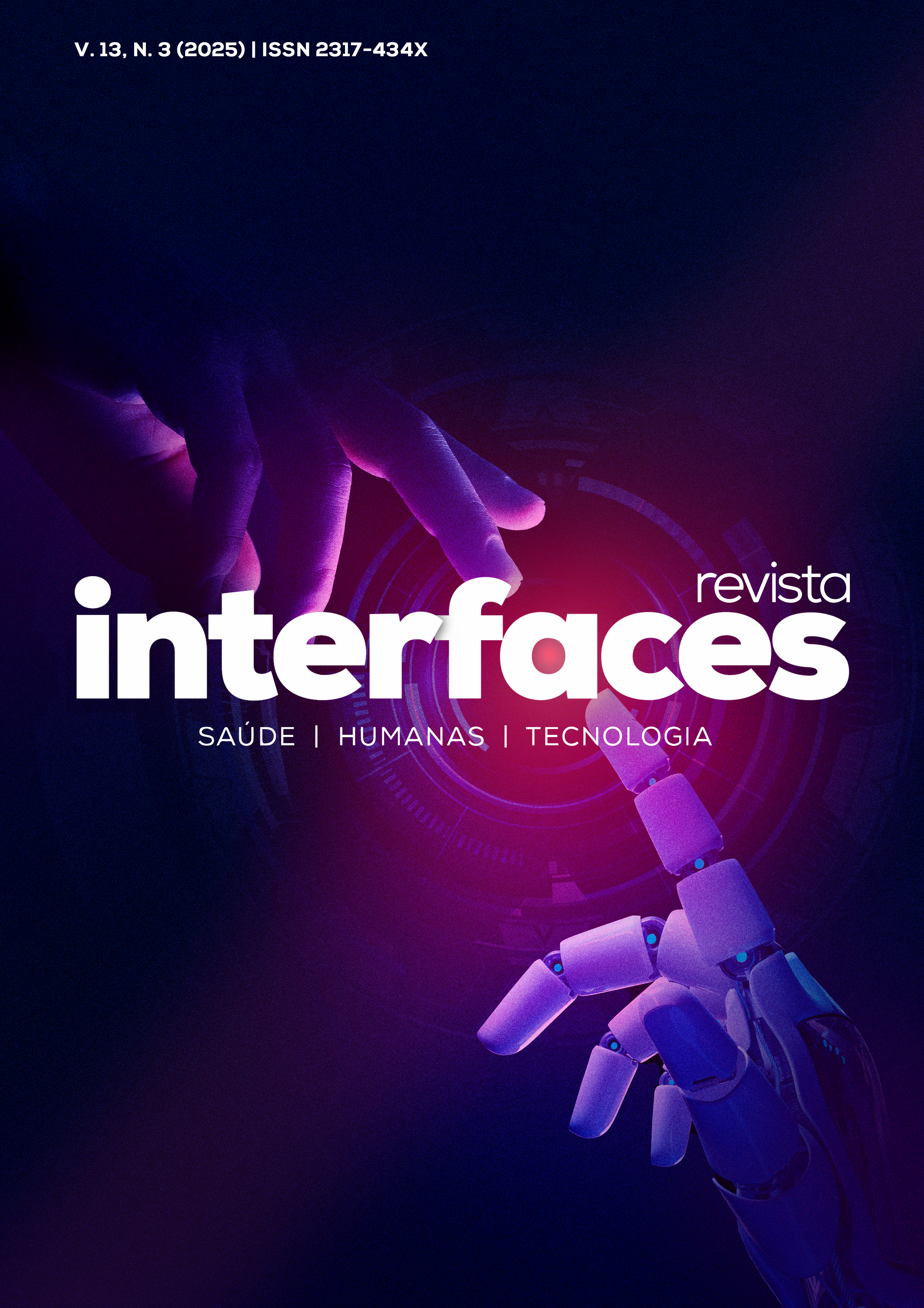EPIDEMIOLOGICAL PANEL OF AIDS CASES BETWEEN 2013 AND 2022 IN THE NORTHEAST REGION OF BRAZIL
DOI:
https://doi.org/10.16891/2317-434X.v13.e3.a2025.id2469Keywords:
AIDS, Northeast, Epidemiological PanelAbstract
HIV is a retrovirus that attacks the immune system, especially CD4+ T cells and macrophages, weakening the body's defenses and enabling the development of AIDS. In Brazil, the prevalence of AIDS is high in the Northeast, a region characterized by inequalities in access to health care and adverse socioeconomic conditions. In view of this, this study carried out an epidemiological analysis of AIDS cases in the Northeast region between 2013 and 2022, using data from DATASUS and IBGE. Thus, variables such as sex, race, education, and age were analyzed in a cross-sectional approach, and Pearson's Chi-Square test was applied to verify significance (p < 0.05). As a result, 88,319 reported cases were observed, with the highest number in 2018 (9,310 cases). Thus, most cases occurred among men (68%), brown people (43%), and individuals with incomplete elementary education (37%). Furthermore, the age group with the highest incidence was 20 to 39 years (40%). Furthermore, it was noted that the states of Bahia, Pernambuco and Ceara have high rates of involvement, partly due to deficiencies in access to treatment and early diagnosis, especially in remote areas. Thus, health policies are not effective in meeting regional needs, reflecting high morbidity and mortality rates. Therefore, regional public health strategies are needed to address the problem, including education and awareness campaigns, as well as programs that reduce socioeconomic and cultural barriers.

